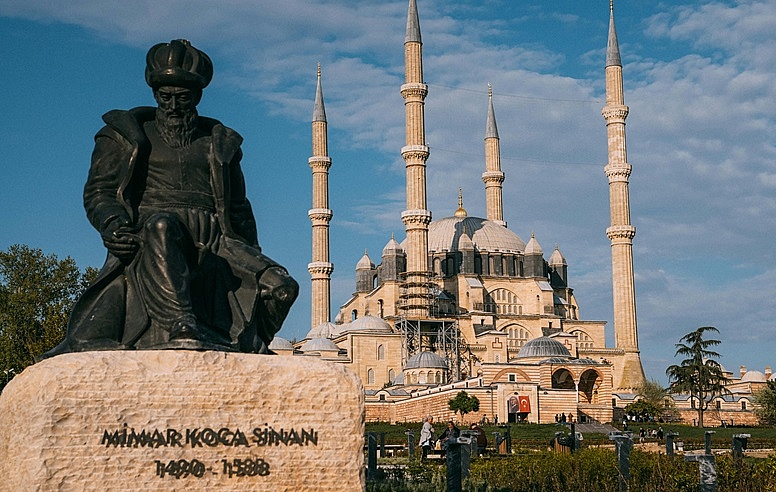
Famous Builders and Landscapers Who Shaped the World
What You’ll Learn About Famous Builders and Landscapers
- Who are the most famous builders and landscapers in history?
- What iconic projects did they create?
- How did their work influence modern architecture and landscaping?
- Why are their contributions still important today?
The Legends Who Built Our World
Throughout history, certain builders and landscapers have left a mark so deep that their work still inspires us today. From towering pyramids to serene gardens, these visionaries combined creativity, skill, and determination to shape the world around them. Let’s take a closer look at some of the most famous names in building and landscaping.
Imhotep: The First Architect
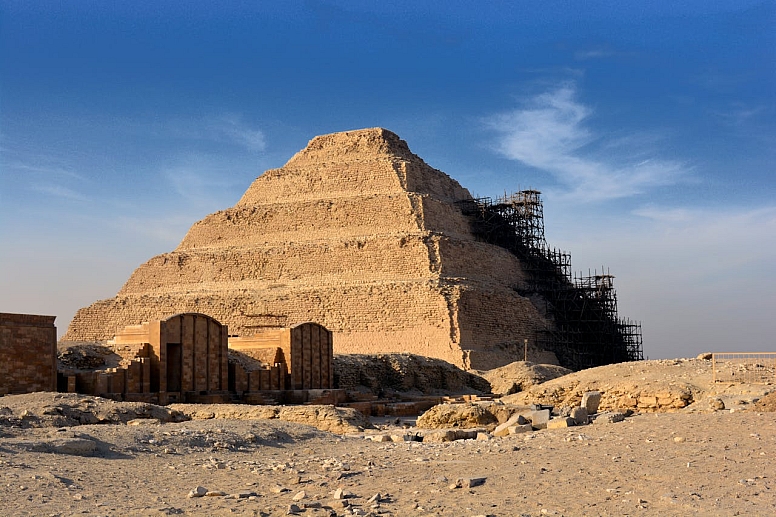
Imhotep, an ancient Egyptian polymath, is often called the world’s first architect. He lived around 2650 BCE and designed the Step Pyramid of Djoser, the first large-scale stone structure in history. Before Imhotep, most buildings were made of mud bricks. His innovative use of stone changed architecture forever.
- Key Contribution: Designed the Step Pyramid, a blueprint for future pyramids.
- Why It Matters: His work laid the foundation for monumental architecture.
Filippo Brunelleschi: The Renaissance Genius
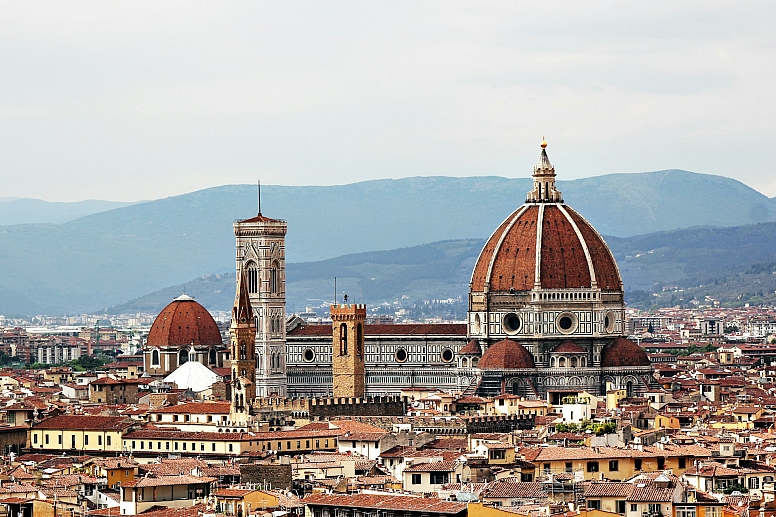
Filippo Brunelleschi was an Italian architect during the Renaissance. He’s best known for designing the dome of the Florence Cathedral, a feat many thought was impossible at the time. Brunelleschi didn’t just build; he invented new construction techniques, like using a double-shell dome to make it lighter and stronger.
- Key Contribution: Built the largest masonry dome in the world.
- Why It Matters: His methods influenced architects for centuries.
Frederick Law Olmsted: The Father of American Landscaping

Frederick Law Olmsted was a 19th-century landscape architect who designed some of America’s most famous parks, including Central Park in New York City and the U.S. Capitol grounds. Olmsted believed that green spaces were essential for people’s well-being. His designs combined natural beauty with practical functionality.
- Key Contribution: Created urban parks that brought nature into cities.
- Why It Matters: His work shaped how we think about public spaces today.
Antoni Gaudí: The Master of Whimsical Design
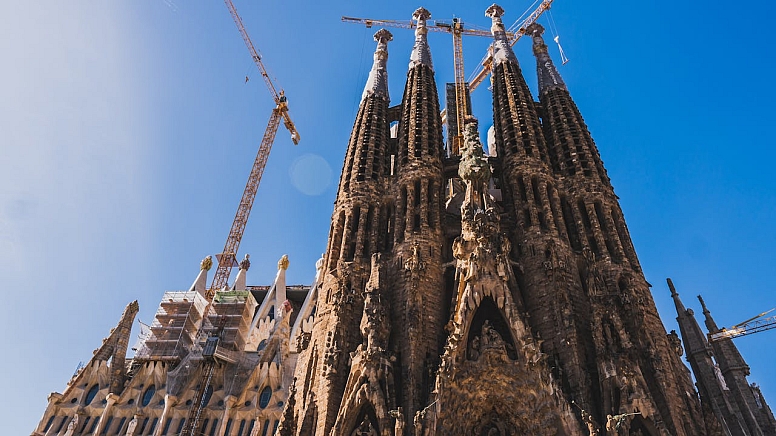
Antoni Gaudí was a Spanish architect known for his unique, almost magical designs. His most famous work, the Sagrada Família in Barcelona, is still under construction over 140 years after it began. Gaudí’s style was inspired by nature, with flowing lines and intricate details that make his buildings look like they’re alive.
- Key Contribution: Designed iconic structures that blended art and architecture.
- Why It Matters: His work shows how creativity can transform ordinary materials into something extraordinary.
Lancelot "Capability" Brown: The Man Who Shaped England’s Landscapes
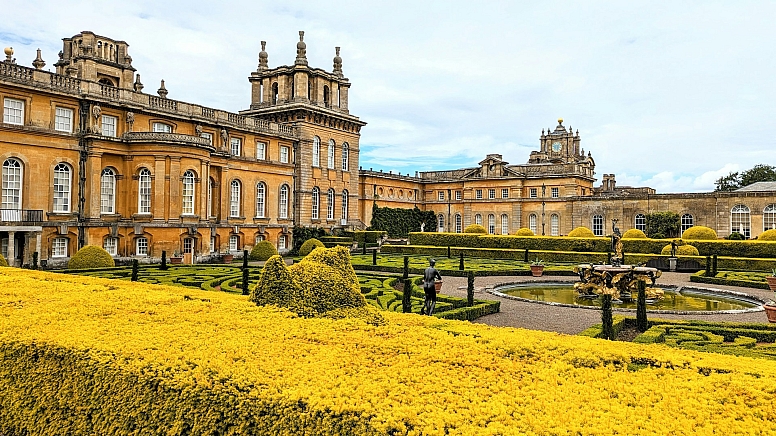
Lancelot Brown, nicknamed “Capability” because he always saw the “capability” in the land, was an 18th-century English landscape architect. He redesigned over 170 parks, including the grounds of Blenheim Palace. Brown’s style was natural and flowing, creating landscapes that looked untouched by human hands.
- Key Contribution: Transformed formal gardens into natural-looking landscapes.
- Why It Matters: His work influenced how we design gardens and parks today.
Mimar Sinan: The Master Builder of the Ottoman Empire
Mimar Sinan, often called the "Michelangelo of the East," was one of the most influential architects in history. Born in 1489 in a small village in Anatolia (modern-day Turkey), Sinan rose to become the chief architect of the Ottoman Empire under three sultans: Suleiman the Magnificent, Selim II, and Murad III. Over his 50-year career, he designed and built over 300 structures, including mosques, bridges, schools, and aqueducts.
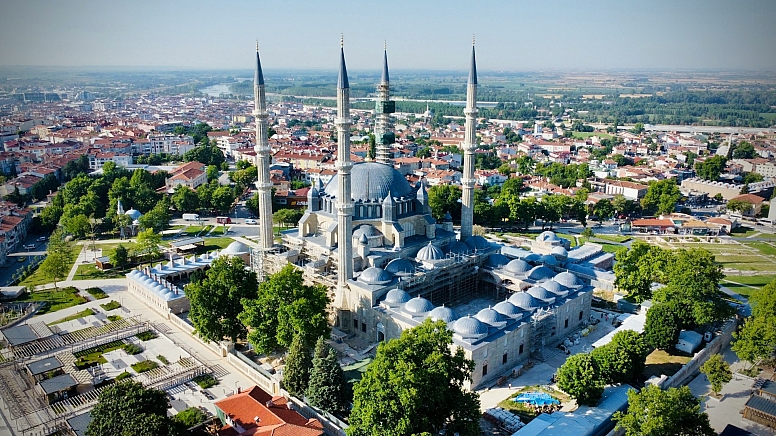
Key Contributions
- The Selimiye Mosque: Located in Edirne, Turkey, this mosque is considered Sinan’s masterpiece. Its massive dome and elegant minarets showcase his ability to blend beauty with engineering. The Selimiye Mosque is a UNESCO World Heritage Site and remains one of the most iconic examples of Islamic architecture.
- The Süleymaniye Mosque: Built in Istanbul, this mosque was commissioned by Suleiman the Magnificent. It’s not only a place of worship but a complex that includes a hospital, school, and public kitchen. Sinan’s design ensured the mosque was both functional and breathtaking.
- Innovative Engineering: Sinan was a pioneer in using domes and arches to create large, open spaces. He also developed advanced techniques for earthquake-resistant construction, which were crucial in a region prone to seismic activity.
Why His Work Matters
Mimar Sinan’s work wasn’t just about building structures; it was about creating spaces that brought people together. His mosques were centers of community life, offering education, healthcare, and support to those in need. His designs also reflected the cultural and spiritual values of the Ottoman Empire, blending Islamic art with practical engineering.
A Personal Touch
One of the most fascinating aspects of Sinan’s career is his humble beginnings. He started as a janissary, a soldier in the Ottoman army, and later became a military engineer. His talent for building bridges and fortifications caught the attention of Suleiman the Magnificent, who appointed him as the empire’s chief architect. Sinan’s rise from soldier to master builder is a testament to his skill, determination, and vision.
Legacy
Mimar Sinan’s influence extends far beyond the Ottoman Empire. His techniques inspired architects across the Muslim world and even in Europe. Today, his buildings are not just historical landmarks but living spaces that continue to serve their communities.
Why Mimar Sinan’s Work Still Inspires
Mimar Sinan’s legacy reminds us that great architecture is more than just bricks and mortar. It’s about creating spaces that uplift the human spirit and serve the needs of the community. His ability to combine beauty, function, and innovation makes him a timeless figure in the world of building and landscaping.
If you ever visit Istanbul or Edirne, take a moment to step inside one of Sinan’s mosques. You’ll see why his work has stood the test of time.
How These Builders and Landscapers Changed the World
The work of these famous builders and landscapers didn’t just create beautiful structures and spaces—it changed how we live.
- Imhotep showed us the potential of stone construction.
- Brunelleschi proved that even the impossible could be achieved with innovation.
- Olmsted reminded us of the importance of nature in urban life.
- Gaudí inspired us to see buildings as art.
- Brown taught us to work with nature, not against it.
- Mimar Sinan demonstrated how architecture could unite communities and reflect cultural identity through both grandeur and practicality.
Their legacies live on in the buildings we admire and the parks we enjoy.
Why Their Work Still Matters Today
The ideas and techniques developed by these pioneers are still used today. Modern architects and landscapers draw inspiration from their work, whether it’s designing eco-friendly buildings or creating public spaces that bring people together.
For example, Olmsted’s belief in the importance of green spaces is more relevant than ever as cities grow and people seek connections to nature. Gaudí’s organic designs inspired sustainable architecture that mimics natural forms.
What Can We Learn From These Legends?
These famous builders and landscapers teach us valuable lessons:
- Innovation is key: They weren’t afraid to try new ideas.
- Nature is a guide: Many of their designs were inspired by the natural world.
- Beauty and function go hand in hand: Their work wasn’t just pretty—it served a purpose.
Ready to Explore More?
The stories of these famous builders and landscapers remind us that great things happen when creativity meets determination. Whether you’re interested in architecture, landscaping, or just love a good story, their work is worth exploring.
Take a walk in a park, visit a historic building, or simply look around your city—you might just see their influence everywhere.
Frequently Asked Questions
Who is considered the first architect in history?
Imhotep, an ancient Egyptian polymath, is often called the first architect for designing the Step Pyramid of Djoser.
What is Frederick Law Olmsted famous for?
Olmsted is best known for designing Central Park in New York City and promoting the idea of urban green spaces.
Why is Antoni Gaudí’s work unique?
Gaudí’s designs are inspired by nature, with flowing lines and intricate details that make his buildings look like works of art.
What did Lancelot Brown do differently?
Brown transformed formal gardens into natural-looking landscapes, creating a style that’s still popular today.
How did Brunelleschi’s work influence architecture?
Brunelleschi’s innovative techniques, like the double-shell dome, set new standards for construction and design.
Now that you know about these incredible builders and landscapers, why not visit one of their creations or read more about their lives? Their stories are as inspiring as their work!












